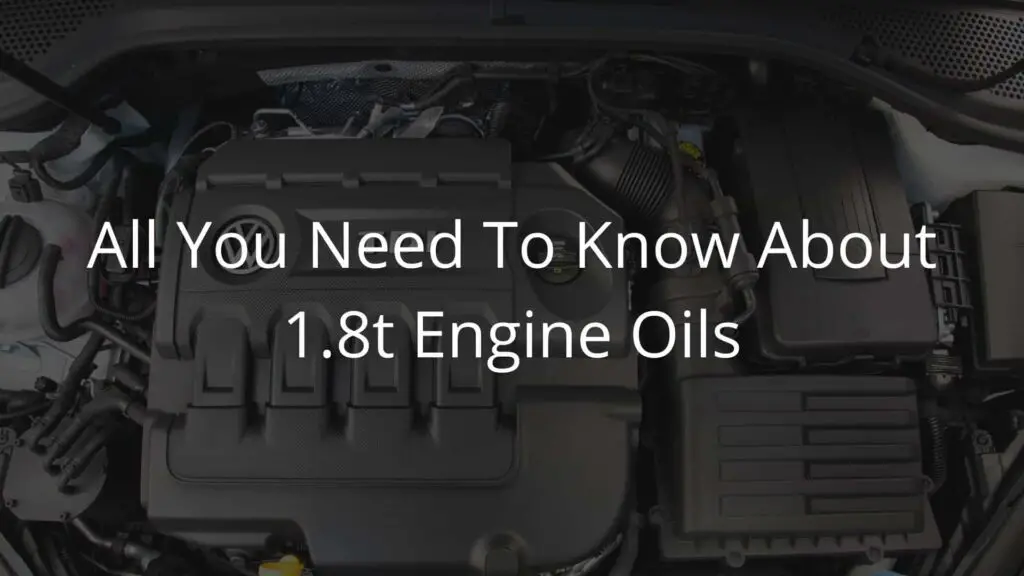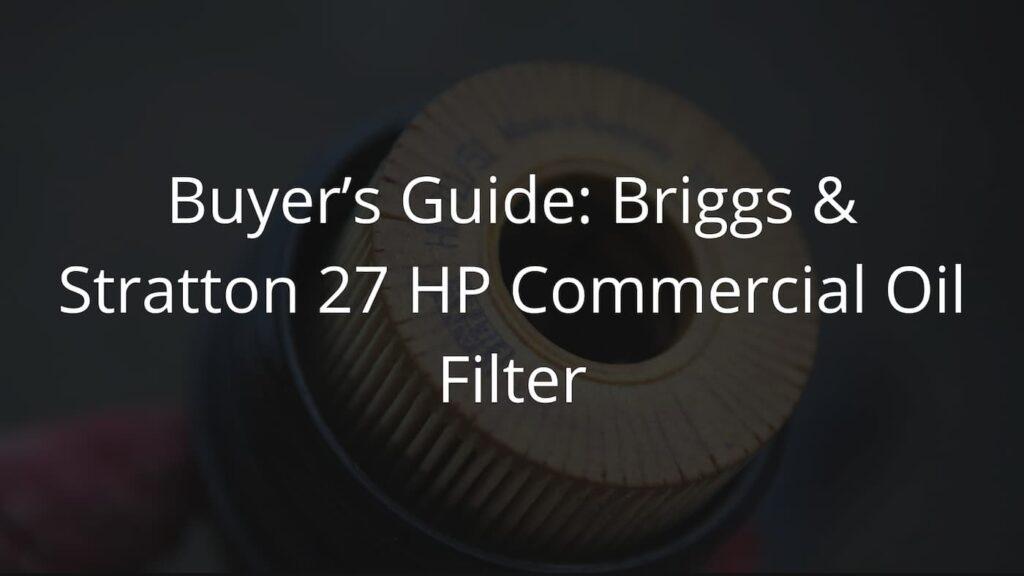When dealing with rusted or seized mechanical parts, the right penetrating oil can be a game-changer. In this guide, we’ll explore the best penetrating oils available in the market, helping you make informed decisions when it comes to rust removal, corrosion prevention, and efficient maintenance.
From high-penetrating formulas to fast-acting solutions, we’ll highlight the best options, their key features, and their pros and cons, so you can choose the ideal penetrating oil for your specific needs.
- What Is Penetrating Oil?
- What Are the Main Types of Penetrating Oils?
- Key Factors To Choose a Penetrating Oil
- Best Penetrating Oils
- How To Apply Penetrating Oil for Maximum Benefit?
- What Are the Benefits of Using Penetrating Oil?
- Final Thoughts: The 5 Best Penetrating Oils for Rust and Stuck Parts
- Frequently Asked Questions
What Is Penetrating Oil?
Penetrating oil is a specialized lubricant and rust-removing agent designed to address the challenges of dealing with rusted or seized mechanical parts. It plays a crucial role in loosening and dismantling these components without causing damage.
This type of oil contains a blend of solvents and lubricating agents that work in synergy. The solvents have a low viscosity, enabling them to infiltrate tight spaces and dissolve rust and corrosion. They effectively break the bonds that hold rust particles together, reducing their grip on the metal surface.

Simultaneously, the lubricating additives in the oil minimize friction between metal parts, facilitating the movement of seized components. Penetrating oil’s capillary action ensures it reaches even the smallest openings, guaranteeing thorough rust penetration.
Additionally, some formulations leave behind a protective film post-treatment to prevent future corrosion. Overall, penetrating oil is an invaluable tool for mechanics, DIY enthusiasts, and anyone contending with rusted metal parts, thanks to its ability to make these tasks more manageable and less damaging.
What Are the Main Types of Penetrating Oils?
There are several main types of penetrating oils, each tailored for specific applications and environments:
- Traditional Penetrating Oils: These are the standard penetrating oils used for general rust and corrosion removal. They typically contain a mixture of solvents, lubricants, and anti-corrosion additives. Brands like WD-40 fall into this category.
- Multi-Purpose Penetrants: These versatile penetrating oils are designed for a wide range of applications. They can penetrate rust and act as a lubricant, making them suitable for various maintenance tasks.
- Specialized Penetrants: Some penetrating oils are formulated for specific tasks. For example, electrical contact cleaner penetrants are designed to remove corrosion and improve electrical conductivity in contacts and connectors.
- Penetrating Oils with Extreme Pressure (EP) Additives: These are ideal for heavy-duty applications and situations where high pressure and extreme loads are involved. They offer superior lubrication and rust removal capabilities.
- Aerosol vs. Liquid Penetrants: Penetrating oils are available in both aerosol spray and liquid forms. Aerosols are convenient for applying the oil precisely, while liquid formulations may be more economical for larger projects.
- Environmentally Friendly Penetrants: In response to environmental concerns, some penetrating oils are formulated with biodegradable and eco-friendly components, making them safer for the environment.
- Specialized Rust Converters: These products not only penetrate rust but also chemically convert it into a more stable compound, preventing further corrosion.
The choice of penetrating oil depends on the specific task, the severity of rust or corrosion, and any environmental considerations. It’s essential to select the right type of penetrating oil to ensure effective rust removal and the long-term preservation of metal components.
Key Factors To Choose a Penetrating Oil

Application Type
The first critical factor when selecting a penetrating oil is the nature of the task at hand. Determine whether your application falls into the category of light-duty or heavy-duty. Light-duty tasks, such as loosening household fixtures or small fasteners, may require a general-purpose penetrating oil.
Extent of Rust
The second factor to consider is the extent of rust or corrosion present on the affected components. Is it light surface rust, moderate corrosion, or heavy, deeply embedded rust? Light rust may be effectively treated with a general-purpose penetrating oil. In contrast, more severe corrosion requires a specialized penetrating oil with potent rust-removing capabilities, designed to tackle the toughest rust challenges.
Environmental Impact
Environmental considerations are increasingly important when choosing a penetrating oil. If you’re working in eco-sensitive areas or have environmental concerns, opt for a penetrating oil with a low level of VOCs (volatile organic compounds) or one that is biodegradable. Minimizing the environmental footprint of your maintenance tasks is both responsible and sustainable.
Compatibility
The fourth key factor is the compatibility of the chosen penetrating oil with the materials involved. Different formulations may react negatively with certain plastics, rubber, or other materials. Therefore, verify compatibility to prevent potential damage to components during application. Ensuring that the penetrating oil is safe for use with all relevant materials is crucial for a successful and trouble-free maintenance process.
Best Penetrating Oils
Overall Best for Car: Kroil Original Penetrating Oil

Kroil is widely regarded as one of the best penetrating oils available, especially for automotive applications. Its high penetrating ability and rust-loosening properties make it highly effective for various tasks.
Pros
- Exceptional penetrating power that can reach deeply rusted components.
- Highly effective at loosening rust and corrosion.
- Versatile for multiple applications, making it a valuable addition to any toolkit.
Cons
- Slightly higher price point compared to some other options.
Best for Penetrating Oil for Seized Bolts: Liquid Wrench Penetrating Oil
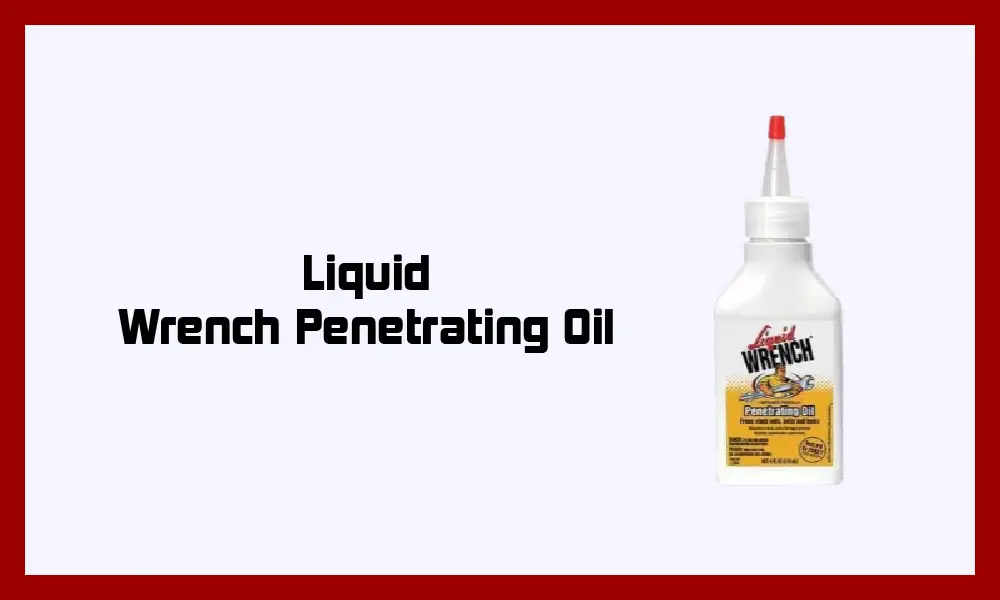
Liquid Wrench Penetrating Oil is an excellent choice for freeing seized bolts and nuts. It works quickly and efficiently to break down rust and corrosion, making it easier to remove stuck fasteners.
Pros
- Fast-acting formula that rapidly penetrates and loosens rust.
- Ideal for seized bolts and nuts, saving time and effort.
- Affordably priced, making it accessible for various users.
Cons
- In extremely stubborn rust cases, multiple applications may be required.
Best Penetrating Oil for Seized Engine: WD-40
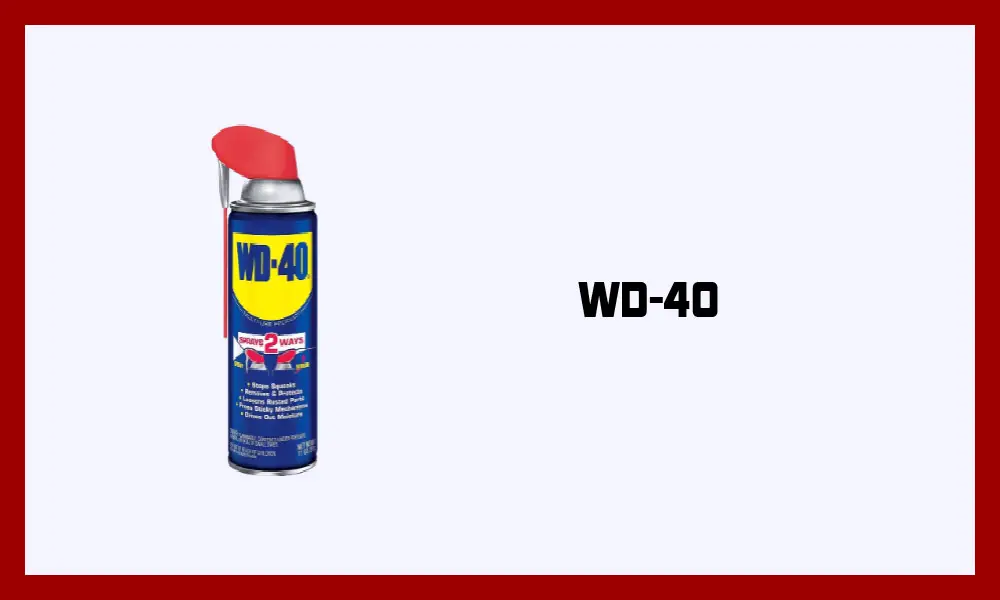
WD-40 is a household name and offers a versatile multi-use product. While not solely a penetrating oil, it can effectively penetrate rusted parts and also serve as a lubricant.
Pros
- Multi-purpose functionality, including rust penetration and lubrication.
- Convenient Smart Straw for precise application.
- Widely available, making it easy to find.
Cons
- May not be as potent as specialized penetrating oils for severe rust and corrosion.
Best for Multi-Use: B’laster Penetrating Catalyst
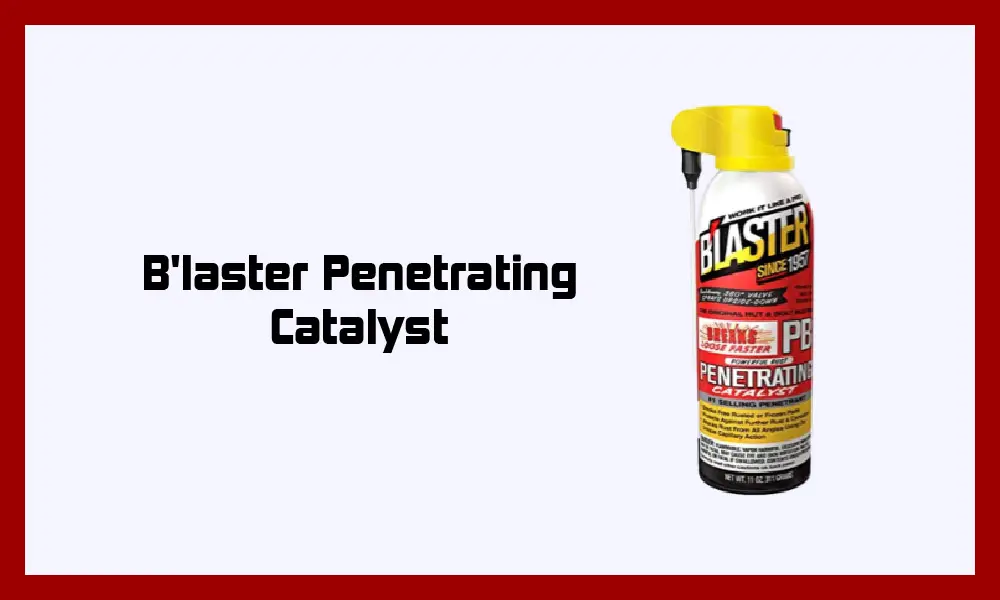
B’laster’s Penetrating Catalyst is a versatile choice suitable for various applications. It’s effective at loosening rust and corrosion and provides long-lasting lubrication.
Pros
- Multi-use formula that can tackle rust, corrosion, and provide lasting lubrication.
- Well-suited for loosening seized parts, saving time and frustration.
- Works effectively in a wide range of applications.
Cons
- Some users may find the product has a strong odor.
Best for Fast Action: Free All Deep Penetrating Oil Rust Remover
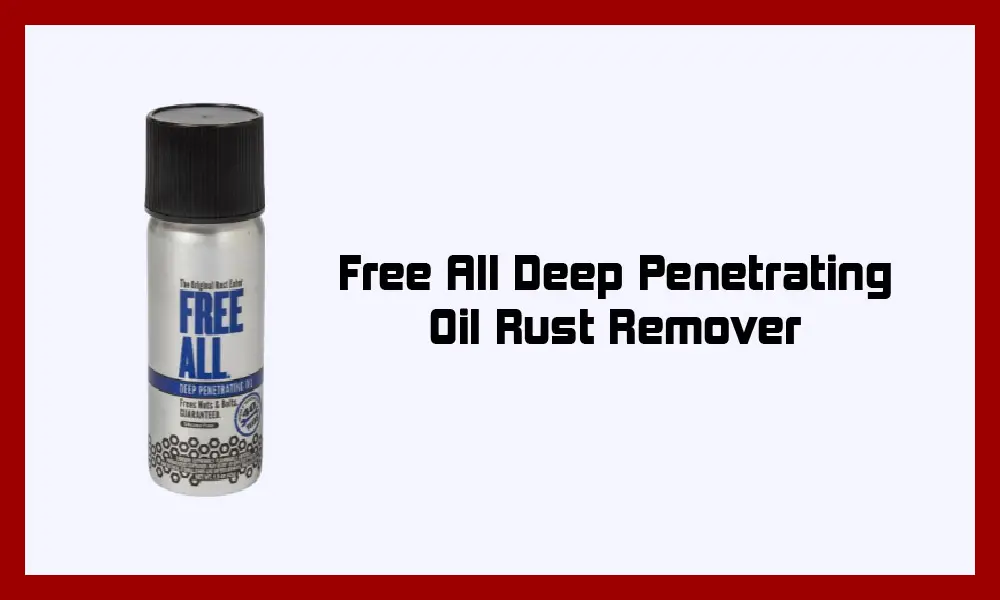
Free All Deep Penetrating Oil is known for its fast-acting rust removal capabilities. It’s ideal for situations where speed is crucial, and it quickly breaks down rust and corrosion.
Pros
- Rapid action that effectively removes rust and corrosion.
- Comes in a convenient aerosol can for easy application.
- Suitable for situations where fast results are required.
Cons
- May not provide as long-lasting protection as some other options, requiring follow-up maintenance.
When selecting a penetrating oil, it’s important to consider your specific needs, such as the severity of rust, the type of application, and your budget. Each of these products offers unique strengths, making them suitable for various tasks, so choose the one that aligns best with your requirements. Always follow safety precautions and manufacturer instructions when using penetrating oils to ensure safe and effective results.
How To Apply Penetrating Oil for Maximum Benefit?

To maximize the benefits of penetrating oil when tackling rusted or seized parts, follow these six steps for effective application:
Step 1- Safety First
Prioritize safety by wearing appropriate personal protective equipment (PPE) such as safety glasses and gloves. Ensure you are in a well-ventilated area, as some penetrating oils may produce fumes.
Step 2-Preparation
Begin by cleaning the rusted or corroded area as much as possible. Use a wire brush or abrasive pad to remove loose rust and dirt. This step enhances the penetration of the oil and improves its effectiveness.
Step 3-Spray and Apply
Depending on the form of your penetrating oil (aerosol or liquid), apply it directly to the affected area. For aerosol products, use the nozzle to direct the spray precisely where needed. For liquids, use a brush, applicator, or nozzle, ensuring thorough coverage.
Step 4-Wait for Penetration
Allow the penetrating oil some time to work its magic. The duration can vary depending on the product and the severity of the rust, but typically, waiting 15-30 minutes is a good starting point. Patience is key, as the oil needs time to penetrate and break down the rust.
Step 5-Apply Additional Oil
If necessary, reapply the penetrating oil if you notice the rust is still resisting. Some stubborn rust may require multiple applications. In between applications, tapping the rusted area gently with a hammer can help the oil penetrate further.
Step 6-Attempt Disassembly
After sufficient penetration time, attempt to loosen or disassemble the rusted components using appropriate tools. Be cautious not to use excessive force, as this can damage the parts. If the components are still stuck, repeat the process until successful.
What Are the Benefits of Using Penetrating Oil?
Using penetrating oil offers several notable benefits for various applications:
Rust and Corrosion Removal
One of the primary advantages of penetrating oil is its ability to effectively dissolve and remove rust and corrosion from metal surfaces. It penetrates the tightest spaces, breaking down the bonds holding rust particles together. This makes it easier to disassemble rusted components, saving time and effort.
Lubrication
Penetrating oils often contain lubricating additives that reduce friction between metal parts. This added lubrication not only aids in disassembly but also ensures smoother and more efficient operation of mechanical components. It can extend the lifespan of equipment and reduce wear and tear.
Preservation of Components
By removing rust and preventing further corrosion, penetrating oil helps preserve the integrity and functionality of metal components. This preservation can prolong the life of tools, machinery, automotive parts, and other metal objects, saving on replacement costs.
Versatility
Penetrating oil is a versatile product suitable for a wide range of applications. It can be used in automotive maintenance, home repairs, industrial settings, and more. Its versatility makes it a valuable addition to any toolkit, offering solutions for both routine maintenance and unexpected challenges.
Final Thoughts: The 5 Best Penetrating Oils for Rust and Stuck Parts
In conclusion, selecting the best penetrating oil for your needs can significantly impact the efficiency and success of your maintenance tasks. Whether you’re dealing with stubborn rust, seized bolts, or general lubrication needs, the right choice matters.
By considering the specific qualities and applications of each product, you can confidently choose the ideal penetrating oil. Remember to prioritize safety, follow manufacturer recommendations, and make the most of these powerful solutions to conquer rust and corrosion challenges in your projects.


